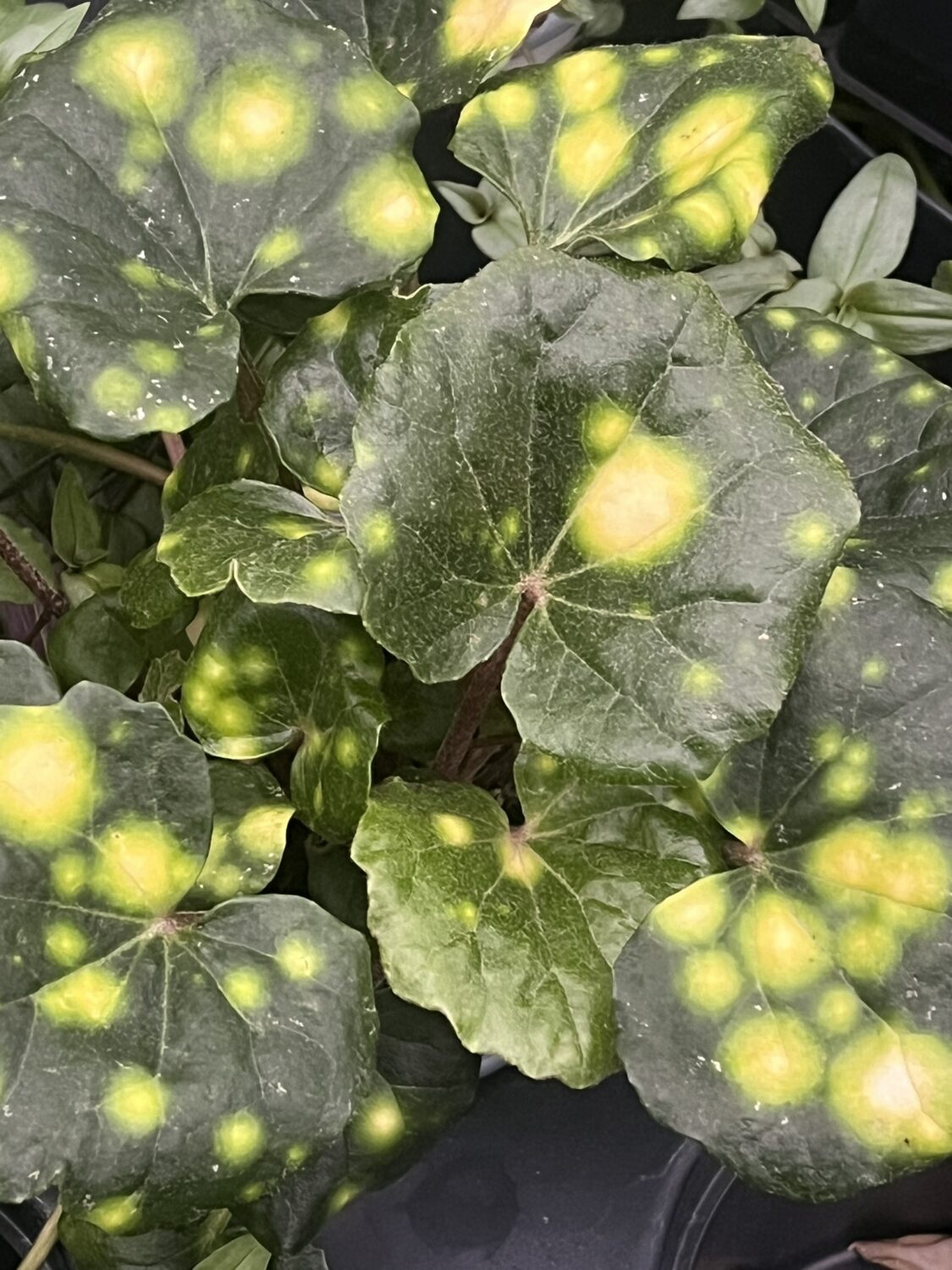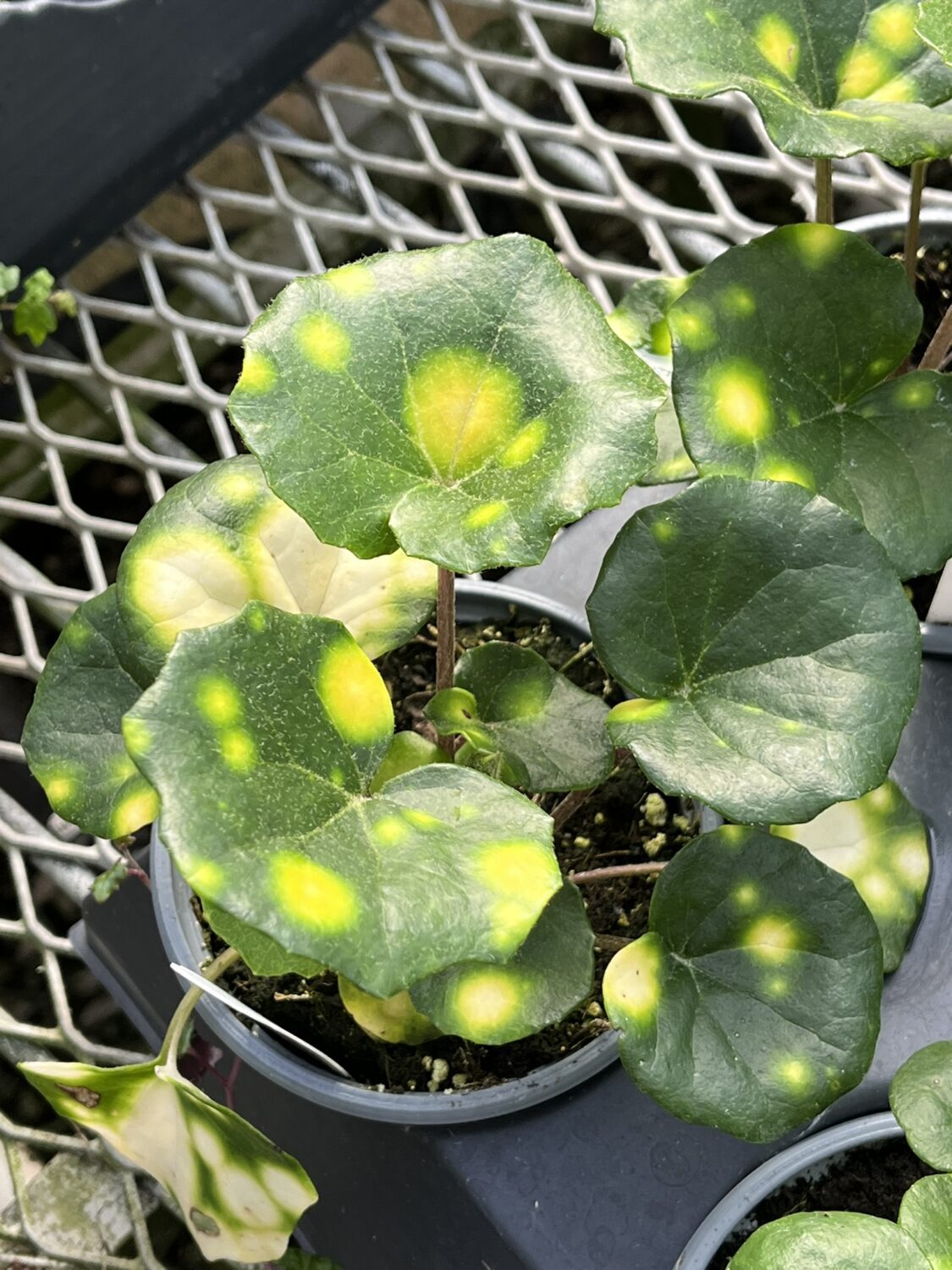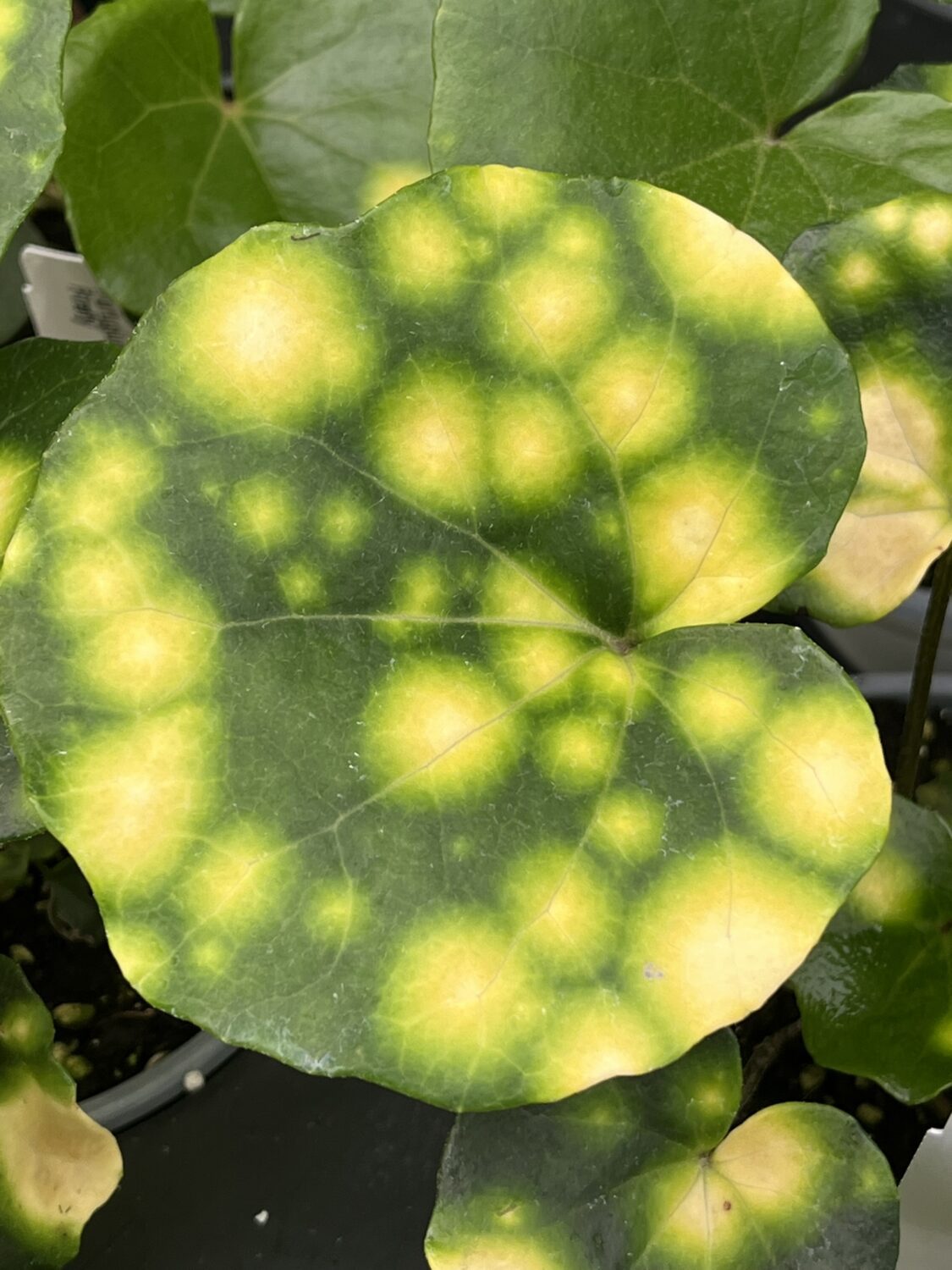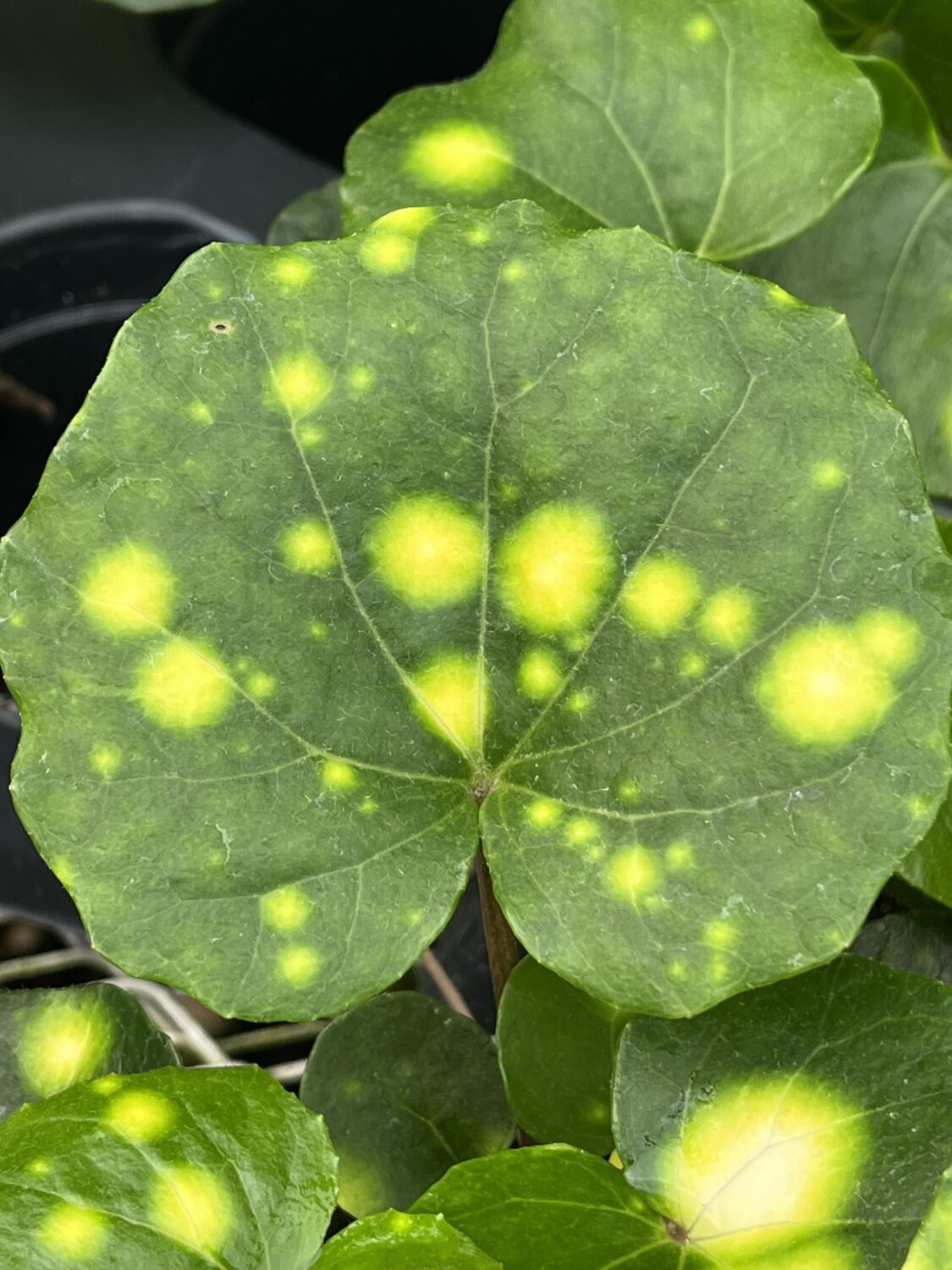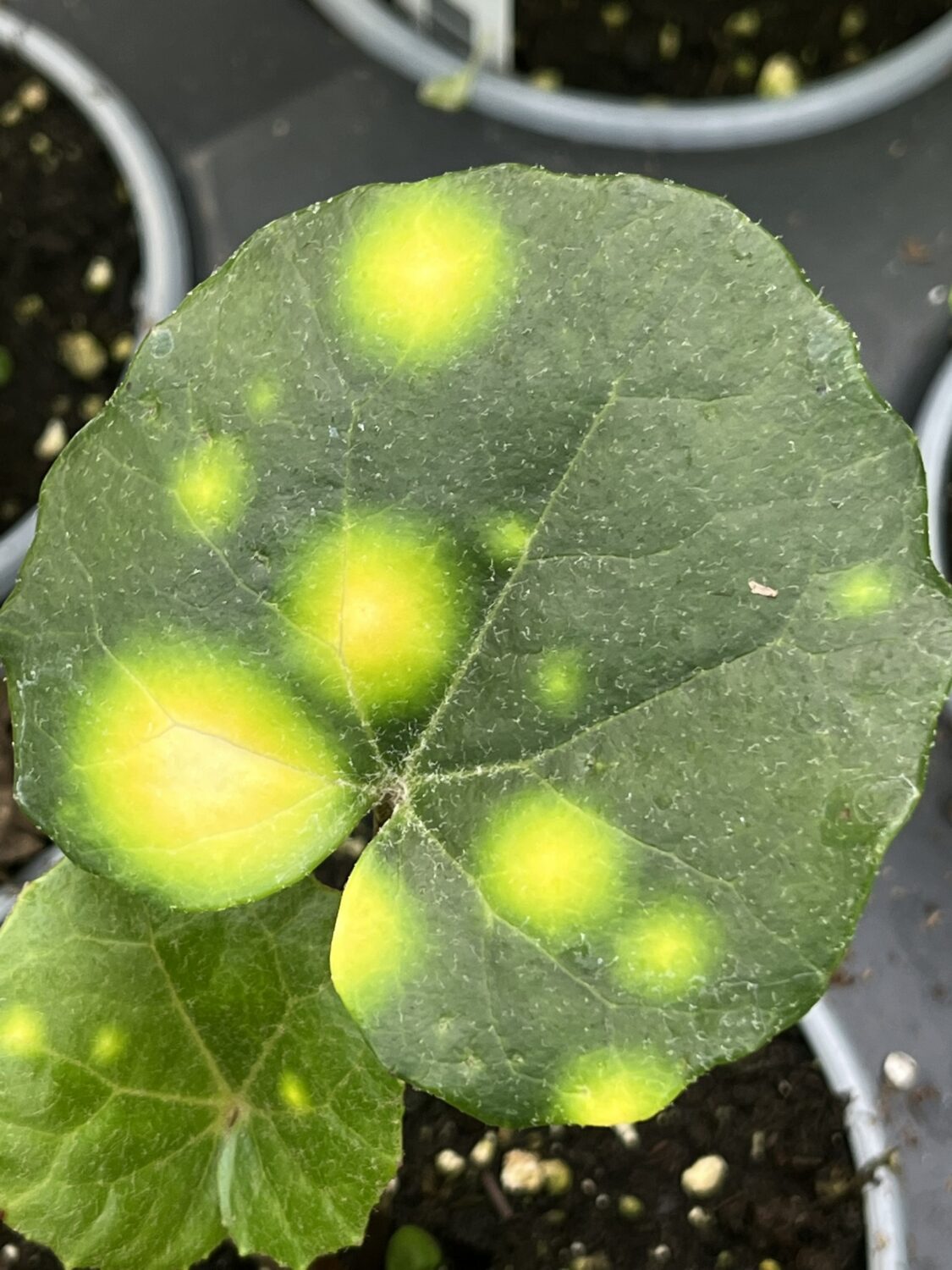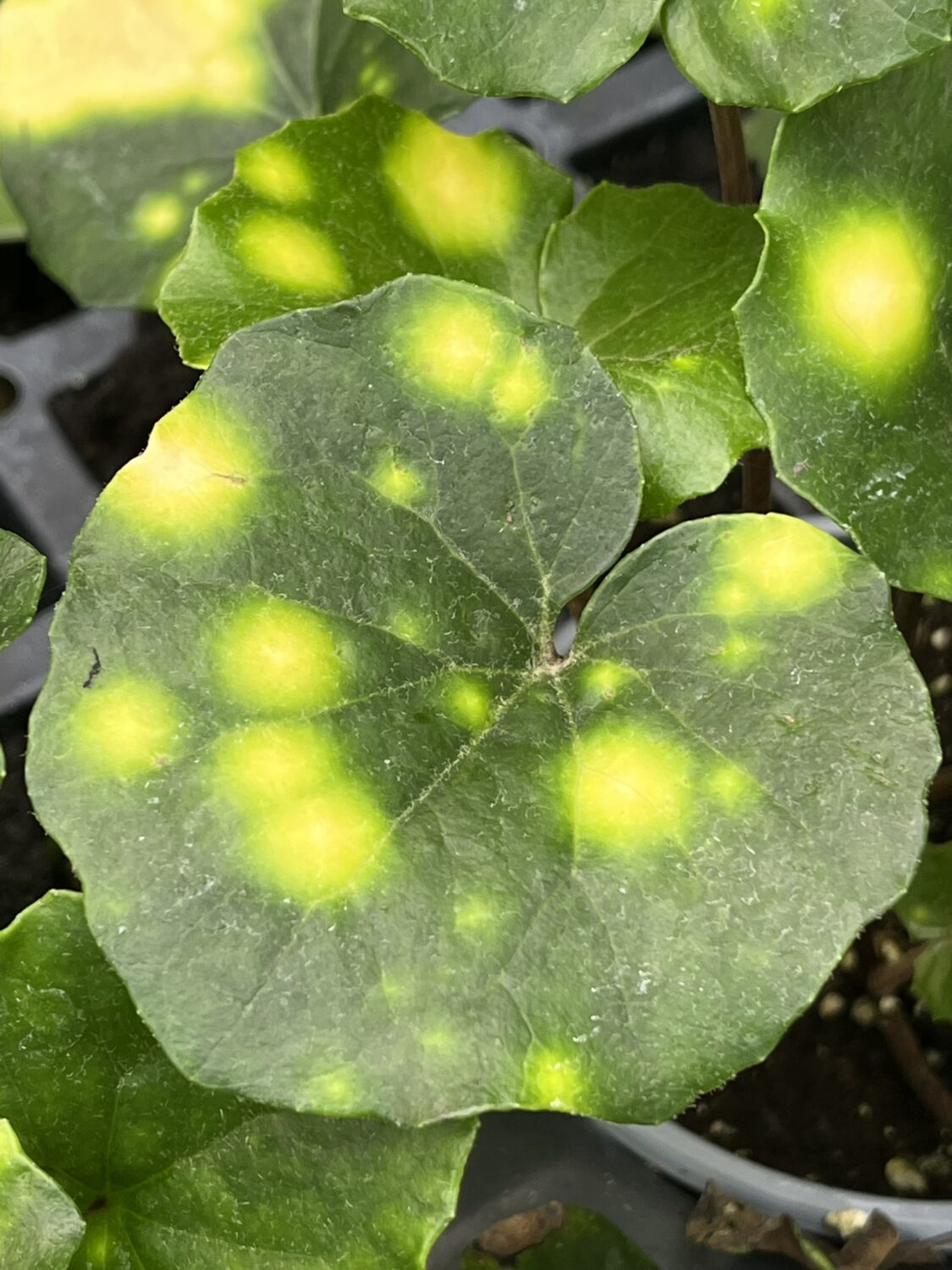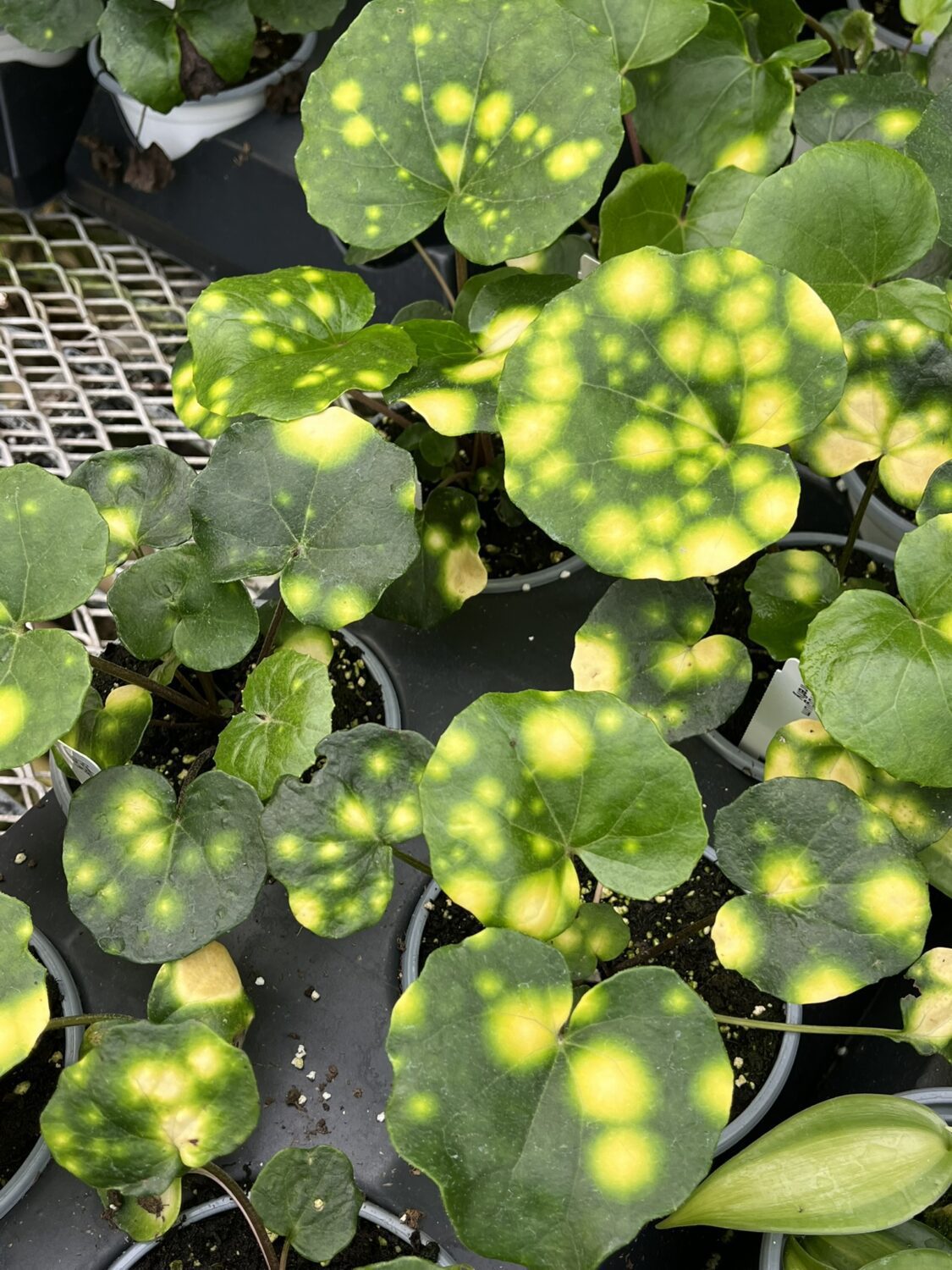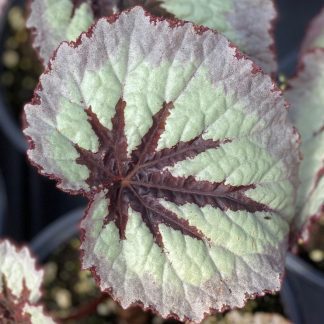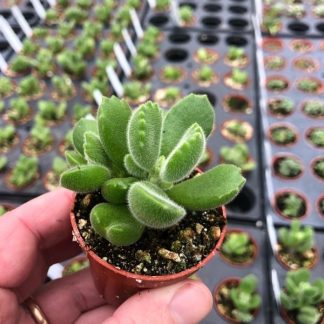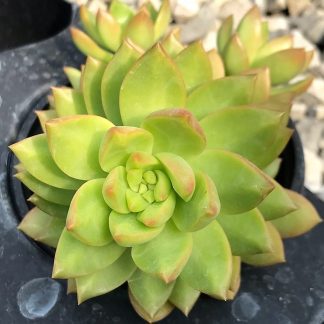Description
Farfugium japonicum ‘Firefly’ (Leopard Plant) Care Guide
Farfugium japonicum ‘Firefly,’ commonly called Leopard Plant, is a stunning perennial prized for its whimsical foliage and bright blooms. Its rounded, glossy green leaves are speckled with vivid yellow spots, creating a lively, artistic look that brightens shaded spaces. Native to Japan and Korea, ‘Firefly’ thrives where many other plants struggle, adding vibrant contrast to garden beds, borders, or indoor collections.
In late summer to fall, this plant produces cheerful, daisy-like yellow flowers on tall, slender stems that rise above the foliage. Its compact, mounded growth makes it versatile as a ground cover, border plant, or container specimen. Best of all, it’s low-maintenance and easy to grow, making it perfect for both beginners and seasoned gardeners.
How to Grow and Care for Farfugium japonicum ‘Firefly’
1. Planting and Propagation
Planting Location:
Choose a spot with partial to full shade. Direct sunlight can scorch the leaves and fade the yellow spotting.
Soil Requirements:
‘Firefly’ prefers rich, well-draining soil that stays evenly moist. Loamy or humus-rich soils are ideal.
Steps for Planting:
-
Enrich the soil with compost or well-rotted manure to boost fertility and drainage.
-
Dig a hole twice as wide and slightly deeper than the root ball.
-
Place the plant in the hole, keeping the crown at soil level.
-
Backfill and gently firm the soil to remove air pockets.
-
Water thoroughly to settle the plant.
Propagation:
This plant can be propagated by division or seed.
Division Method:
-
In early spring or late fall, carefully lift the plant.
-
Divide the root ball into sections, ensuring each has roots and foliage.
-
Replant divisions in prepared soil and water well.
2. Light Requirements
‘Firefly’ thrives in partial to full shade. Morning sun is tolerable, but intense afternoon sunlight may scorch leaves and dull their variegation.
Ideal Placement:
-
Outdoors: Under tree canopies or in shaded garden beds.
-
Indoors: Near north- or east-facing windows with bright, filtered light.
3. Watering
Consistent moisture is essential, but overwatering can lead to root rot.
Watering Tips:
-
Water deeply when the top inch of soil feels dry.
-
Increase frequency during hot or dry weather.
-
Reduce watering in winter when growth slows.
-
Ensure containers have drainage holes to prevent standing water.
4. Temperature and Humidity
‘Firefly’ prefers cool to moderate temperatures and enjoys humidity.
-
Temperature Range: 50–75°F (10–24°C)
-
Hardiness: USDA zones 7–10
-
Humidity: High humidity is ideal. Mist foliage, use a pebble tray, or place near a humidifier indoors.
Protect from frost and prolonged cold, which can damage foliage.
5. Fertilization
Regular feeding keeps foliage lush and encourages flowering.
Fertilizing Guidelines:
-
Use a balanced slow-release fertilizer or diluted liquid feed.
-
Apply every 4–6 weeks during spring and summer.
-
Avoid over-fertilizing; too much nitrogen encourages foliage at the expense of flowers.
-
Reduce feeding in fall and stop during winter dormancy.
6. Pruning and Maintenance
Pruning keeps the plant neat and encourages healthy growth.
Tips:
-
Remove yellow or damaged leaves regularly.
-
Cut back flower stems after blooming.
-
Thin crowded growth to improve air circulation and prevent fungal issues.
7. Pest and Disease Management
‘Firefly’ is generally hardy but can attract slugs, snails, and aphids.
Pest Control:
-
Hand-pick slugs and snails or use organic slug bait.
-
Spray aphids with insecticidal soap or neem oil.
Disease Prevention:
-
Avoid overwatering to prevent root rot and mildew.
-
Maintain airflow by spacing plants and pruning dense foliage.
8. Repotting and Division
Repot or divide every 2–3 years to refresh soil and maintain vigor.
Repotting Steps:
-
Remove plant gently from its container or garden bed.
-
Shake off old soil and inspect roots for damage or rot.
-
Replant in fresh soil, keeping crown at soil level.
-
Water well to help settle the roots.
9. Special Care Tips
-
Mulch around the base to retain soil moisture and regulate temperature.
-
Rotate indoor plants for even growth.
-
Wipe leaves with a damp cloth to maintain their glossy look.
-
Move container-grown plants to sheltered areas during extreme weather.
Why You’ll Love ‘Firefly’
‘Firefly’ brings brightness where few plants can. Its spotted leaves and sunny flowers add energy to shady corners and cool-season gardens. It thrives in containers, borders, or even as a houseplant, requiring minimal effort for maximum impact. For gardeners seeking texture, color, and ease of care, this Leopard Plant is a must-have.
A Garden Glow That Lasts
Growing Farfugium japonicum ‘Firefly’ is about more than adding another plant. It’s about inviting a burst of light into darker spaces. With proper care—moist soil, shade, and a little attention—this plant rewards you with year-round beauty and cheerful seasonal blooms. It’s the kind of plant that transforms quiet corners into living art, season after season.

